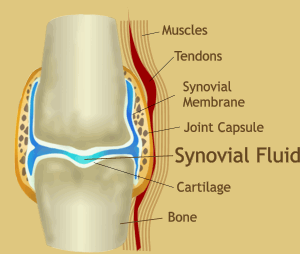Improving the Prosthetist/Therapist Interaction PART ONE
To celebrate Valentines Day and prepare for the Combined Sections Meeting in New Orleans next week, we are publishing a three part series on improving the prosthetist/therapist interaction! Yeah team work! Enjoy!

Physical therapists and prosthetists are both integral parts of the multidisciplinary team responsible for the care of patients with limb loss. For many years working with the military, I was fortunate enough to share parallel bars with our prosthetics team without worries about billing for each minute. Even better, the prosthetists didn’t have to worry about finishing a prosthesis quickly to be reimbursed for the final product. Teamwork without the worries of insurance constraints?! A virtual rehab Disney World! I quickly learned that this isn’t the case for the civilian rehabilitation team. Often times, I will see patients in the civilian physical therapy clinic after they have their definitive prosthesis and have been walking on it at home for several weeks with no prehab and no formal gait training! A breeding ground for developing bad habits! How can a physical therapist combat this? Easy. Improve team building skills with local prosthetists. First and foremost, visit their clinics. Learn about their typical processes. Ask for the owners manuals to the limbs that they typically use. They often have great therapy tricks! Show the prosthetist that you respect their hard work and vocalize your desire to become part of the rehabilitation team for your patients. Determine if they are available to set up consistent “visiting hours” in your clinic or, if your schedule will allow for is, plan telephone conference calls to discuss the individual patient plan of care. Most prosthetists welcome input from the physical therapist in an effort to make the best possible prosthesis for the patient and improve their functional outcomes. I learned quickly, as a new graduate, not to approach a prosthetist to say “the leg hurts, can you fix it?” They don’t have time for that and neither do you! Stay tuned for next week’s blog to learn a simple checklist for evaluating a patient with a painful residual limb and more tips on how to improve multidisciplinary interactions between physical therapists and prosthetists.

















